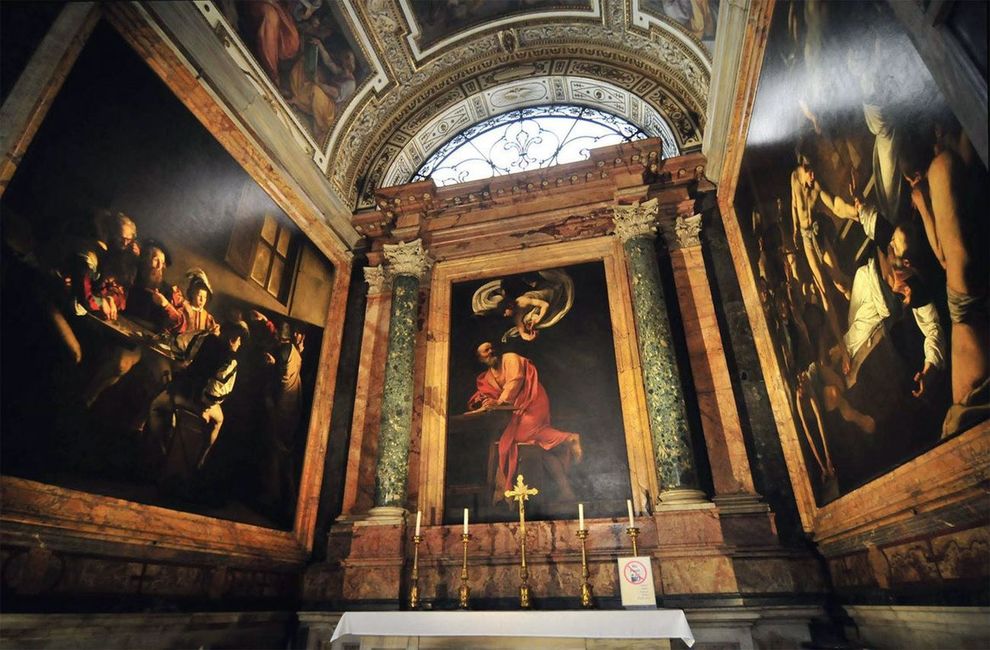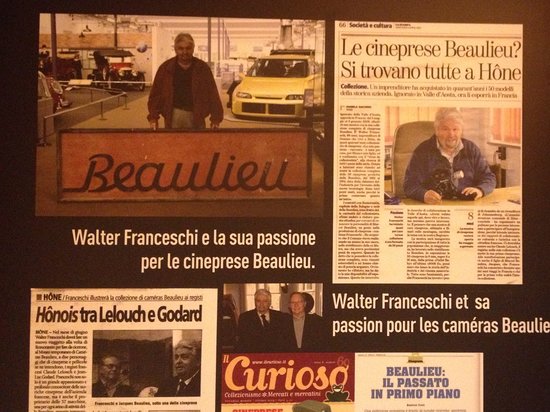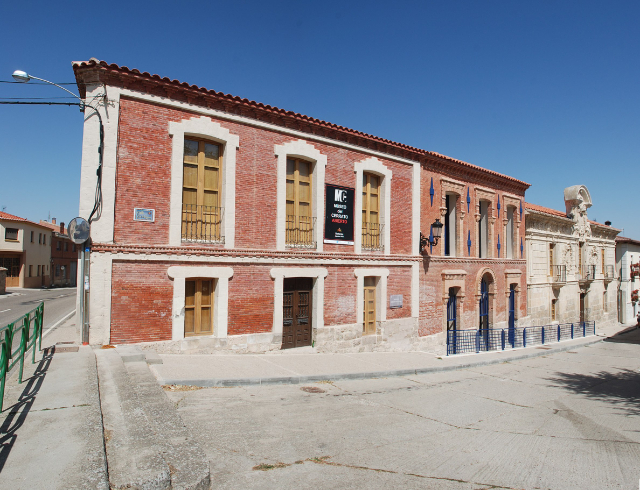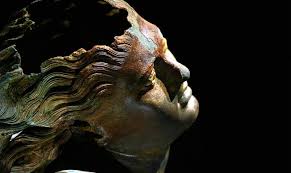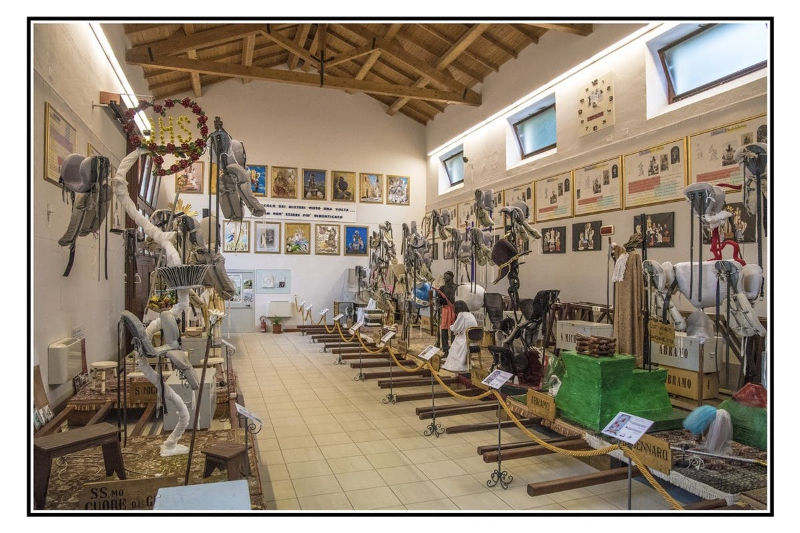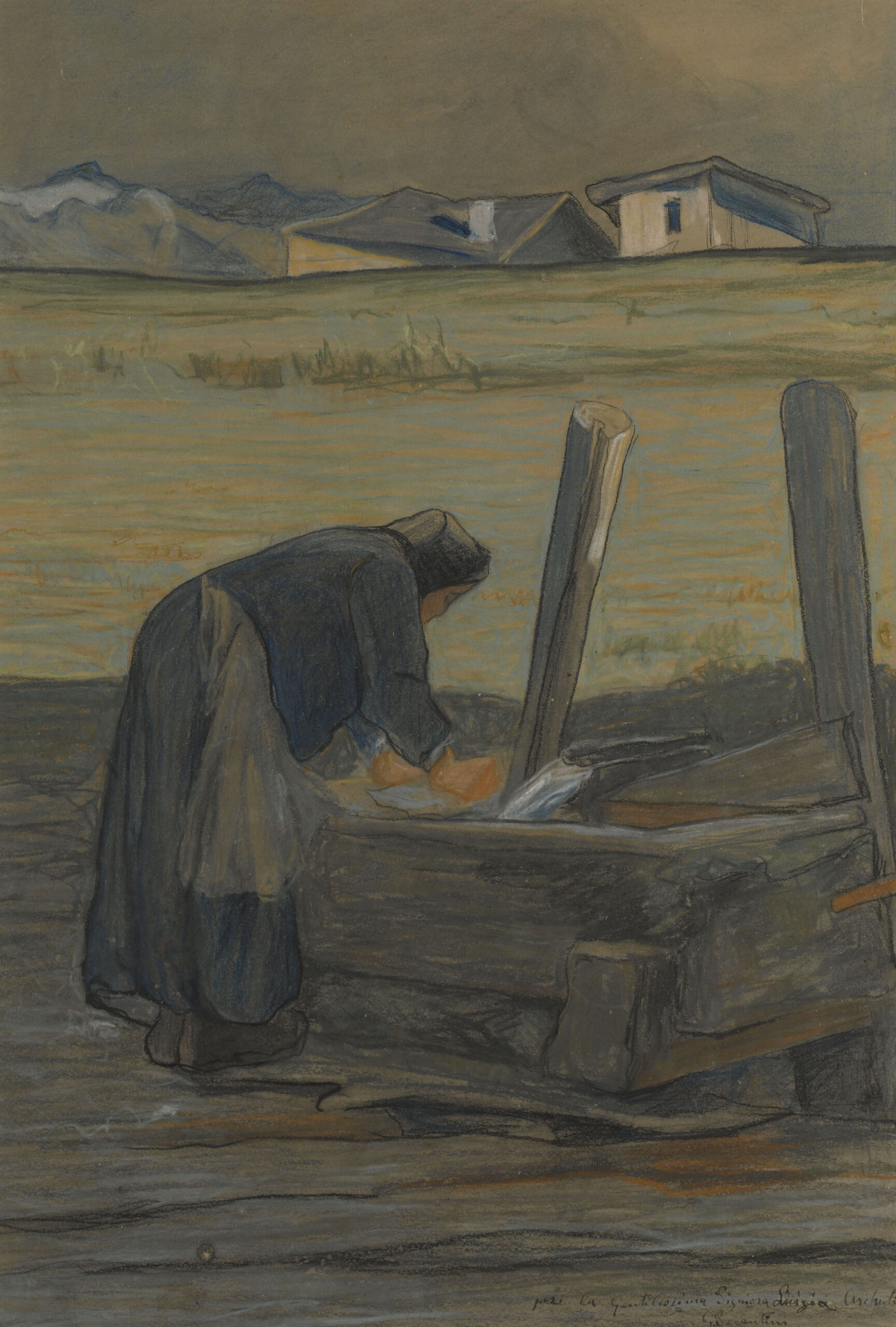Enclosed between the Pantheon and Piazza Navona, there is the small Church of San Luigi dei Francesi, a real jewel of Baroque art that houses 3 masterpieces by Caravaggio:
4. The Martyrdom of St. Matthew
5. The Vocation of St. Matthew
6. Saint Matthew and the Angel
The works, inside the Contarelli Chapel, represent a narrative cycle linked to the figure of St. Matthew. Michelangelo received the commission in 1599 and immediately set to work, painting the Martyrdom of St. Matthew, which he finished the following year, and the Calling of St. Matthew. St. Matthew and the Angel, instead, was completed in 1602.
The Martyrdom of St. Matthew, compared to the other compositions is overcrowded, with a tangle of bodies that refers to Mannerism while the nudes are clearly derived from Michelangelo.
In the scene, the Saint is overpowered by an Ethiopian soldier sent by King Hirtacus to prevent him from continuing his proselytizing work, while an angel leans out of a cloud to hand him the palm, the symbol of martyrdom.
The crowd around watches horrified and among the people you can see a man with a beard and mustache that could be the same Caravaggio.
The entire scene is shrouded in darkness: an important turning point for the style of Caravaggio, who from that moment will always use the dark background for his works. n the Vocation of St. Matthew, the main motif is represented by the symbolism of the beam of light coming from a hidden window. It is the light of God that together with the figures of Jesus and St. Peter turns towards St. Matthew.
At the time of Jesus’ call, Matthew was a tax collector and his encounter with Jesus leads him to abandon his life to follow Him. Caravaggio transforms this episode into a scene of his own time, with the setting resembling a tavern in Rome at the time.
His painting takes on an increasingly dramatic character, made up of light and above all shadows; a crude realism that reminds us that the sacred does not have a distant location in time and space, but is always present among us.
The first version of Saint Matthew and the Angel was rejected because of its excessive realism.
The Saint is portrayed as an almost illiterate commoner, to whom the angel must direct his hand to help him write. Of this work, lost in Berlin during the Second World War, only photographic copies remain.
In the second version of the painting, on the other hand, Matthew is still represented in the act of composing his Gospel with the angel providing suggestions. The Saint’s feet are bare, almost as if to depict the trivial humanity of man who is also capable of being an instrument of the divine Word.
